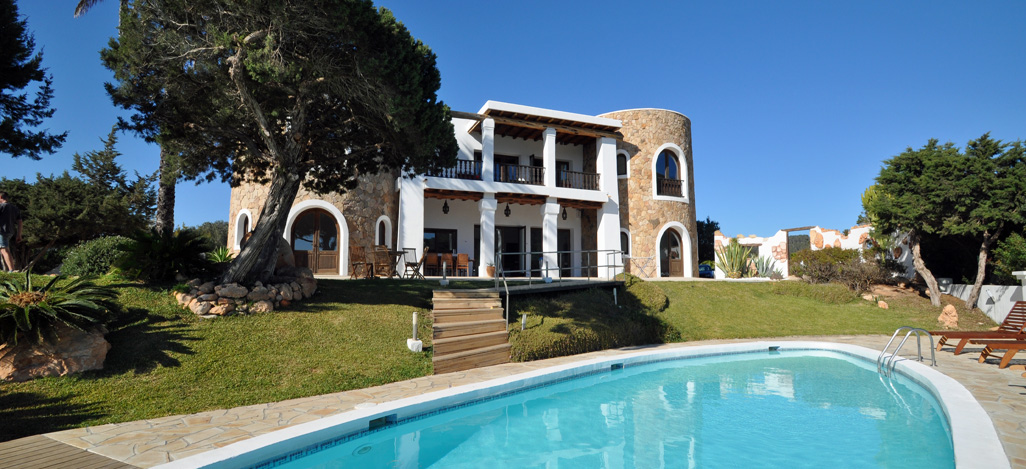Properties, Budget and Lifestyle
The second quarter of 2017 showed further growth in property purchase by international buyers throughout Spain and its islands, with real estate agents reporting an increase in enquiries of almost 15%.
Analysis of investor demographics carried out by a major estate agent, reveals that the largest group of potential buyers are now aged between 45 and 54 years, whilst those traditionally regarded as ‘retirement’ purchasers, between the ages of 55 and 64 years, come a very close second. Together these two groups made up approximately 50% of foreign interest in Spain as a whole. Interestingly the next highest age range looking to buy were those aged between 35 and 44 years, making up 19.58% of enquires. This suggests that international events are driving more young professionals to start a new life abroad.
The upward trend has led agents to clamour for a diversity of available properties in order to meet the varied requirements of would-be investors. A reputable agent will consider the needs of each potential customer, for instance: retirement homes and second residences should offer leisure facilities such as a swimming pool and close proximity to a beach and resort amenities. If the property is to be the primary residence it needs to be suitable for year-round living, with installations such as: central heating, air-conditioning, quality appliances, satellite TV and internet connections.
Middle age-range buyers are likely to be looking for the same facilities but may also be considering regular holiday rentals, particularly if they remain in employment in their own country. In these cases a valid tourism license is essential and sea view properties in a family-friendly environment supported by a thriving tourist infrastructure would be the most attractive and potentially lucrative prospects. Younger buyers are likely to be starting a new chapter in their life and, as such, will be looking for homes with good schools and medical services closeby.
The possibility of future development and improved transport links may make smaller properties in rural locations more appealing to families intending to live and work in Spain. In the Balearics, for example, mobility is a key factor in employment, and, as the islands are relatively small and easily traversed, cottages or fincas in such areas represent an exciting project for new residents, as well as providing scope for extension and improvement to any private land included in the sale.
For investors requiring a mortgage the good news is that Spanish mortgages are now available without the need to take out life cover which was traditionally required in order to prevent a huge hike in the bank’s interest rate. Financial institutions are offering such competitive interest rates as 2.75% fixed for 25 years with a 0% bank opening fee. The maximum LTV (Loan to Value) for non-residents stands at 70% whilst residents can borrow 80% of the property value.
The most popular Spanish properties during the second quarter of the year were those in the 50,000€-100,000€ price bracket, prompting almost 25% of enquiries, whilst almost 22% were for properties between 150,000€ and 250,000€. Properties priced at 100,000€ to 150,000€ generated just over 19% of all interest from potential buyers with apartments being the most soughtafter type of acquisition making up some 43.47% of enquiries, followed by villas at 29.67%.
All this means that sellers simply need to think about their target market to find the correct buyer, whilst investors can be confident of an expanding market for the foreseeable future.
Spanish Property Market – 18 Months Post Brexit
The beginning of this month brought news from the UK that ‘sufficient progress’ had been made in talks to broker a mutually beneficial agreement between all countries affected by Britain’s withdrawal from the European Union. This has prompted enthusiasm that stability will be restored and economies within europe will move forward into a new phase of cooperation.
It’s been over 18 months now since Brexit but the feared massive decline in Spanish property sales to a country that traditionally provided its primary customer base, doesn’t seem to have happened. There can be no doubt that the UK general election in May and the significant fall in the value of Sterling over the summer this year both resulted in market drops, however, British buyers are clearly still interested in Spanish property.
The key criteria for consideration now appears to be political certainty and affordability for UK customers buying property abroad. Although enquiries by British investors in Spain have fallen by around 10% since Brexit, UK traffic to Spain has actually increased by 20% so moves towards definitive trade and status can only prove positive for the future of the market. Spain, the Canary Islands and the Balearics have become popular destinations for visitors worldwide and Government initiatives in tourism have served to greatly enhance the country’s global reputation.
It seems, therefore, the decline in the value of the pound has attracted an unprecedented diversity of interest in Spanish real estate. Further gains have come from the rest of Europe where figures show a 20% year on year growth in the number of enquiries with the average price rising by 17% to 221,000€, according to a leading real estate agent. All this means that agents able to adapt to new, international markets have seen increases in sales of up to 35% and, even in traditionally British strongholds, such as, Malaga and Alicante where values have not risen at the rate of other areas, the fall in UK enquiries hasn’t negatively impacted the market.
The gap between asking prices and buyer budget has also reduced. In effect, the signs are that the thousands of British buyers who still aspire to own property in Spain would be advised to move quickly whilst prices remain competitive and investment is potentially, highly lucrative. Despite fluctuations in the nationality of buyers during the 18 months since Brexit, all indications are that the Spanish property market continues to flourish. Construction on new-builds, suspended in the dark days after the financial crisis, has restarted due to a surge in demand.
This expansion is tempered by knowledge and insight that will prevent another collapse. The wind of change that began to blow through the British/Spanish property market in June 2016 seems to have swept away the cobwebs of complacency. Adaptability has become the new order. Agents are exploring exciting new avenues, whilst loyal UK buyers, determined to aquire property in a swftly expanding market are adjusting their budgets and making bold strides towards a more certain future.
Do you have a property to sell? Are you looking for a property to buy?
Please let us know by using the details below or you can use the Contact Us page on our website.










